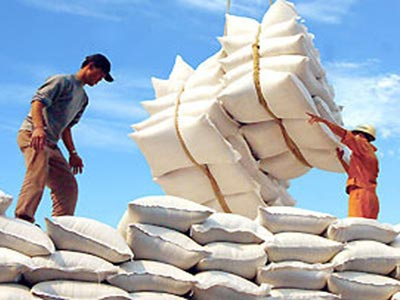Vietnamese feed firms face lack of raw materials

The shortage in national produced raw materials has caused numerous difficulties to domestic animal feed production, according to the Ministry of Industry and Trade in Vietnam.
The ministry affirmed that due to the shortage, production had mainly depended on imported raw material.
The volume of domestic corn could meet only 70% of demand and soybean supply is satisfying only 5-10%.
A ministerial report revealed that around 70% of raw material used to produce feed in Vietnam was imported from the US, India and Argentina. This means that pricing of the feeds also is affected by world figures.
Furthermore, when importing raw material, feed manufacturers had to pay transportation costs, causing prices to be around 15-20% higher than usual.
Support local production
To solve the problem, the Vietnam Animal Feed Association suggested that the Government push the development of raw material locally.
Additionally, the Government was called on to boost technological investment to curb the importation of expensive machines.
Association chairman Le Ba Lich proposed that farmers be given financial support, including low interest rates, to enable them to upgrade storage systems and improve the quality of agricultural production.
In this way, Vietnam could limit its dependence on imported raw material, Lich said.
Foreign invested mills dominate market
Currently, Vietnam has 233 feed manufacturers, of which around 50 are foreign-invested and 11 are joint ventures. The remaining firms are all domestic.
Foreign-invested companies dominate 60% of the entire market share.
While in the first nine months of this year manufacturers managed to produce 7.9 million tonnes of feed, it is expected that, in the last quarter, an additional 4 million tonnes will be added.











